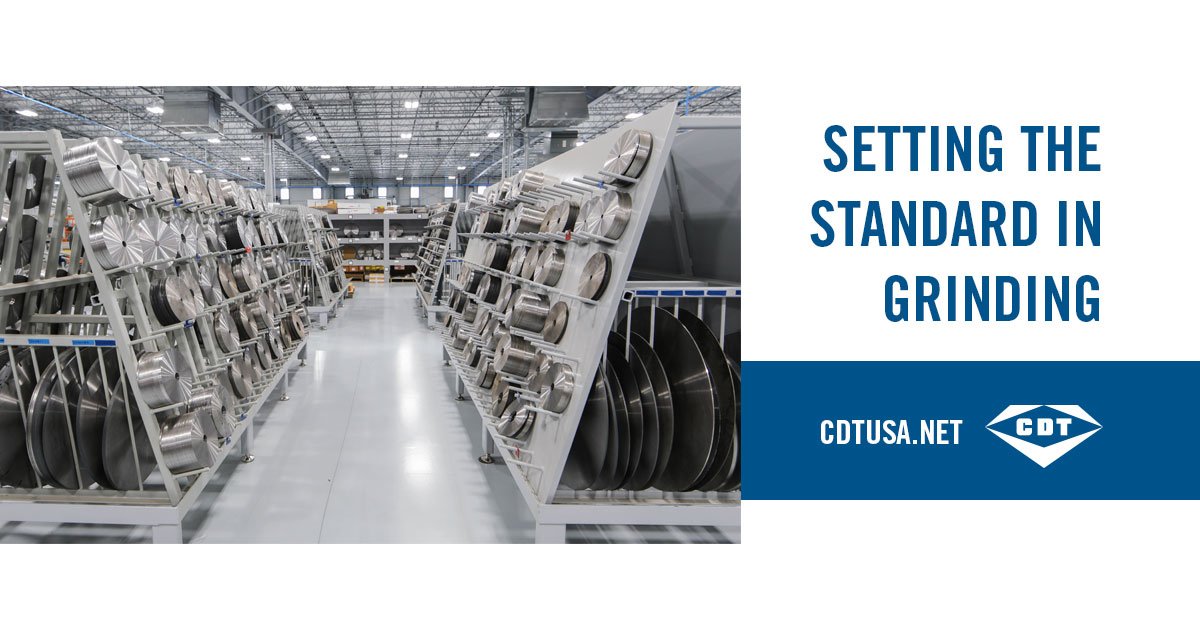
Grinding metal is a common task in do-it-yourself (DIY) projects, whether you are working on home repairs, crafting, or metal fabrication. Choosing the right metal grinding tool can make all the difference in the quality and efficiency of your work. With so many options available on the market, it can be overwhelming to decide which tool is best suited for your specific needs. Refer Link: https://www.cdtusa.net/
Types of Metal Grinding Tools
Angle Grinder
- Commonly used for cutting and grinding metal, stone, and concrete.
- Available in different sizes and power levels.
- Can be equipped with various types of grinding discs for different applications.
- Versatile and suitable for a wide range of DIY projects.
Bench Grinder
- Mounted on a workbench or stand for stability.
- Primarily used for sharpening tools, shaping metal, and removing rust.
- Comes with two grinding wheels (coarse and fine) for different tasks.
- Best for precision grinding and finishing work.
Die Grinder
- Compact and lightweight tool for intricate grinding and polishing tasks.
- Operated with compressed air or electricity.
- Equipped with various attachments for different purposes, such as cutting, grinding, and sanding.
- Ideal for detailed work in tight spaces.
Factors to Consider When Choosing a Metal Grinding Tool
Type of Material
- Determine the type of metal you will be working with (e.g., steel, aluminum, stainless steel) as different metals require different grinding tools and techniques.
- Consider the hardness and thickness of the material to choose a tool with the appropriate power and abrasiveness.
Grinding Speed
- Higher grinding speed is ideal for quick material removal but may result in rough finishes.
- Lower grinding speed provides better precision and control for detailed work.
- Choose a tool with variable speed settings for versatility in different applications.
Safety Features
- Look for grinding tools with safety features such as protective guards, anti-kickback mechanisms, and vibration dampening to prevent accidents and injuries.
- Ensure proper ventilation and dust collection systems to protect yourself from harmful metal dust and debris.
Ergonomics
- Consider the weight, grip, and balance of the tool for comfort and ease of use during long grinding sessions.
- Choose a tool with ergonomic features such as adjustable handles and vibration reduction for reduced fatigue and strain on your hands and arms.
Tips for Selecting the Best Metal Grinding Tool
- Research different brands and models to compare features, performance, and reviews.
- Consult with professionals or experienced DIYers for recommendations and advice on the best grinding tool for your specific projects.
- Test the tool in person, if possible, to assess its feel, noise levels, and ease of operation.
- Consider investing in a quality tool from a reputable manufacturer for durability and long-term performance.
- Read the user manual and follow safety guidelines and maintenance instructions to ensure proper use and longevity of the tool.
Conclusion
Choosing the best metal grinding tool for your DIY projects is crucial for achieving professional results and ensuring your safety. By considering factors such as the type of material, grinding speed, safety features, and ergonomics, you can select the right tool that meets your specific needs and preferences. Remember to conduct thorough research, seek advice from experts, and test the tool before making a purchase to make an informed decision. With the right metal grinding tool in hand, you can tackle any metalworking project with confidence and precision.
